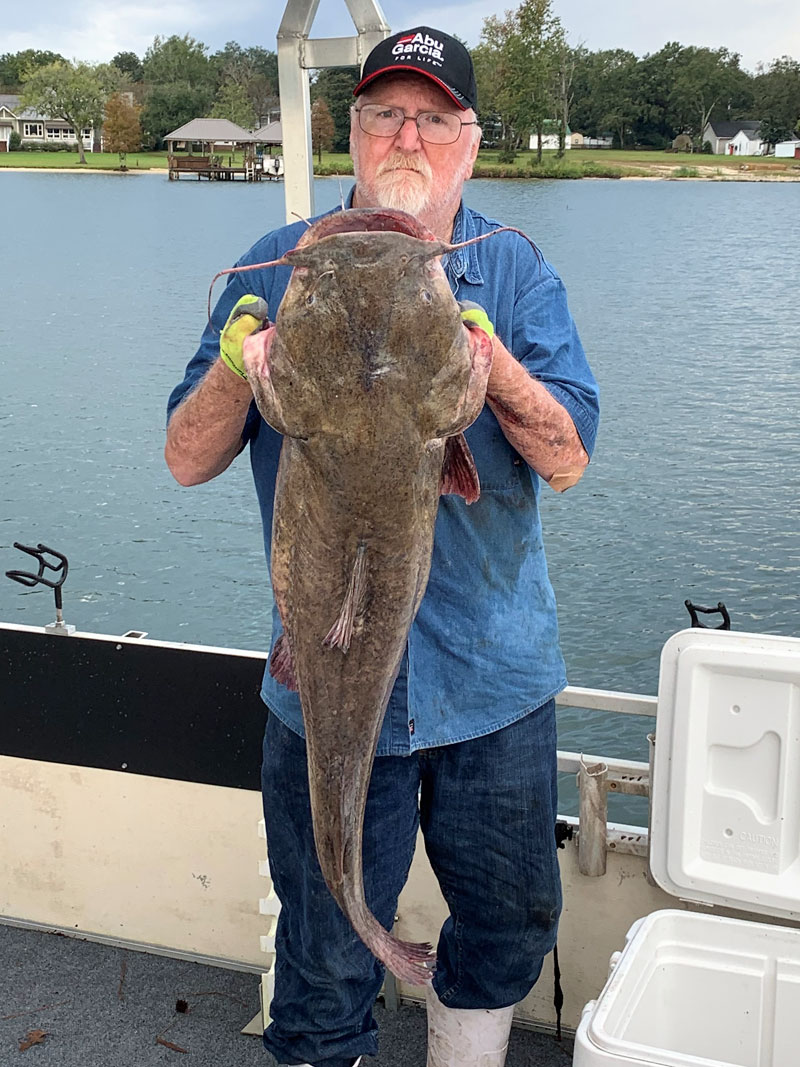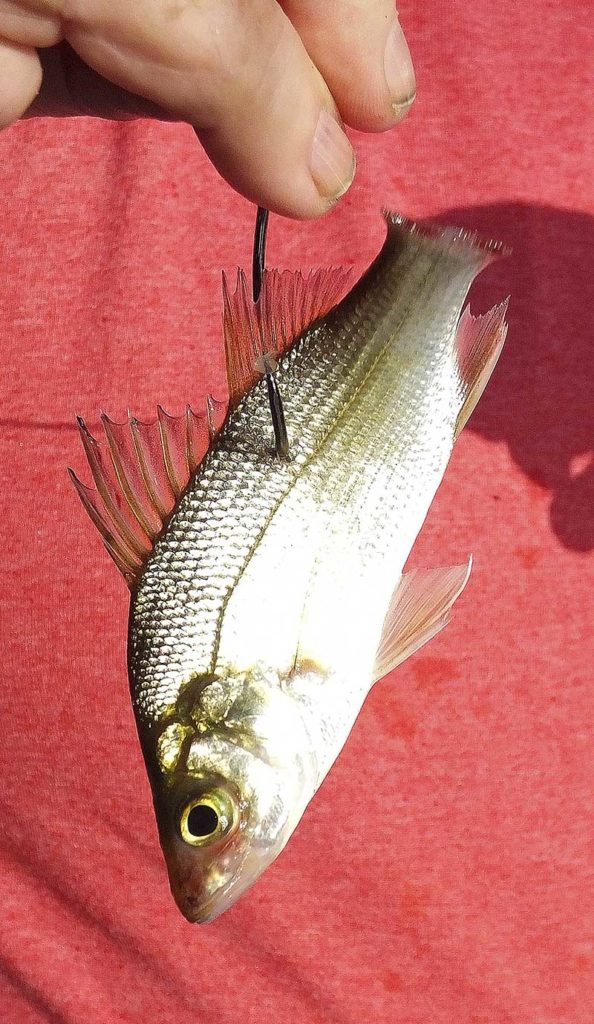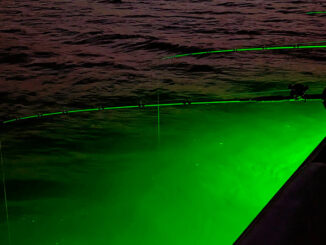
Flathead catfish often take a backseat to blues and channels
May is a prime month for catching catfish on the Santee Cooper lakes, with blue, channel and flathead catfish all active.
In recent years, blues and channels have become primary targets. And flatheads are often by-products of generic catfishing tactics.
Flatheads were stocked around the same time as the blues, in the mid-1960s. And by the early 1980s, both species were booming in quality and quantity.
Forgotten fish?
Buddy Bradham, 62, from Cross, S.C., began guiding on the Santee Cooper lakes for stripers in 1978. He quickly branched out to include catfish and evolved into guiding full-time for cats.
“By 1982, I knew catfishing offered a great opportunity here for huge freshwater fish,” Bradham said. “I honed my techniques to specialize in giant flatheads.”
Beginning in May and extending into the fall, Bradham said flatheads are trophy catfish targets. He learned how to specifically target and catch these fish.
“Catfishing was great for years, but the lakes went through a major recession in productivity, and the guiding business got tough,” Bradham said. “I moved to Florida in 1999 and worked for the Florida Fish and Wildlife Department until I retired in 2019 and moved home to Santee Cooper.
“I tried the flatheads and found they’re back in good numbers,” he said. “But most catfishing talk was about the big blues. And I realized fishermen had forgotten about flatheads.”

Target Flatheads
Bradham said techniques he used to target flatheads in the past are still effective.
“A modern graph is essential for flatheads,” Bradham said. “Flatheads tend to cluster in specific areas, based on forage availability and habitat. They’re found throughout both lakes. But I prefer Lake Marion from I-95 to the Wilson Dam because I think it’s ideal habitat.”
Bradham (352-277-6134) will search along the old river channel and creeks or ditches that cut through the open-water flats. He’ll target irregular bottom contour features, and he’ll usually find flatheads nestled close to woody cover.
“Big flatheads have a unique sonar signature that’s noticeably different from a blue catfish,” he said. “They appear on the graph more of a big blob, almost like a thick patch of baitfish, hovering near the bottom. Blues typically have a well-defined arch shape.
“I love putting clients on big catfish of any type. And we’ll catch blues while targeting flatheads. But I significantly increase the potential to hook a big flathead by searching for them in their preferred habitat and targeting their unique sonar signal.”
Techniques for flathead catfish
Bradham said he prefers anchored, vertical fishing when targeting flatheads.
“Once I spot a cluster of big fish on the graph that I believe are flatheads, I drop anchors above and below that location and pull the boat directly over them,” he said. “The bait is a key, and I prefer a live, wiggling bait. White perch are ideal; I’ll cut the tail off because they use the tail to stay upright, and this makes the bait flutter and more attractive to a catfish. Herring and gizzard shad are also good baits. I’ll put out rigs all around the boat.
“I’m literally targeting catfish that we see on the graph, and that’s exciting to me.”
Bradham uses 8/0 circle hooks on 7 ½-foot, medium-action rods. He loads 80-pound braid or monofilament on Penn reels with a 2-ounce sinker above a 24-inch leader.
“The heavy line and leader are essential, because we’re targeting giant catfish in stump-infested waters,” he said. “I’ll lower the rig to the bottom and wind the reel about three cranks — eyeball level for a big flathead.”
Be patient, but don’t waste time
Bradham said that once he’s rigged, he’ll give a spot 30 to 45 minutes to produce.
“Sometimes we’re hooked up before I get all the rods set; sometimes it requires patience,” he said. “But when one flathead bites, watch the other rods, because odds are good others may hook up quickly. If 10 or 15 minutes passes without another bite after a flurry of flathead action, I’ll pull anchor and repeat the hunting process.”
Bradham said a flathead bite requires patience because the rod tip slowly bends into a deep arch; he lets the fish load up and then grabs the rod.
“This slow-motion bite exponentially intensifies the excitement of the moment,” he said. “A big blue’s bite is often an instantaneous event, with the rod tip instantly snatched deep in the water. I love them both.”
“This is hunting for giant catfish at its best by searching, identifying and catching specific catfish,” he said. “I’ll never forget the fantastic flatheads at Santee Cooper.”





Be the first to comment